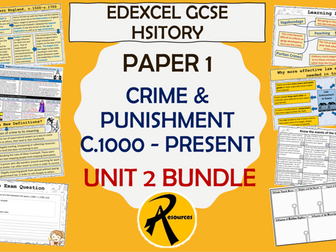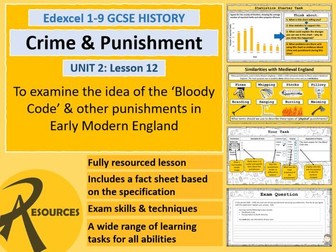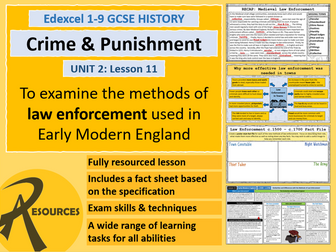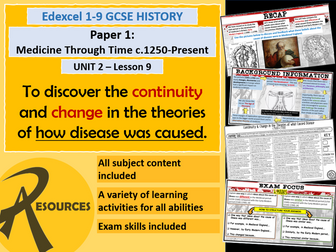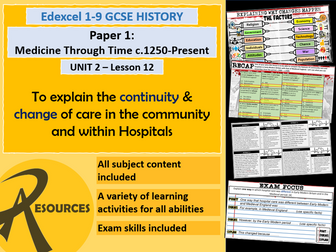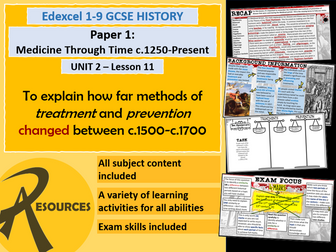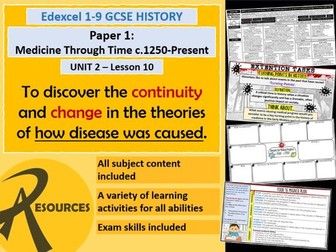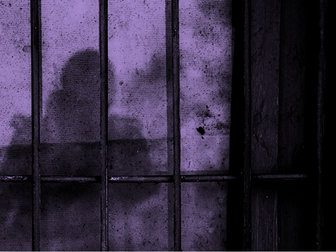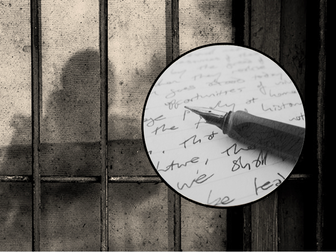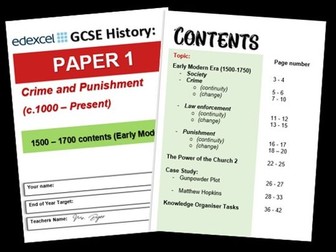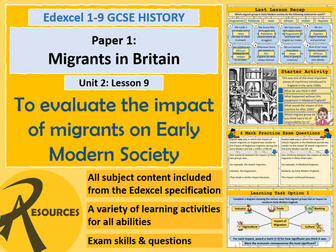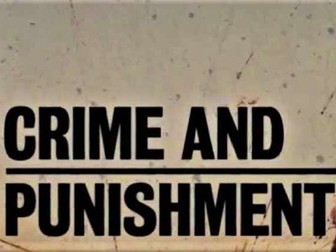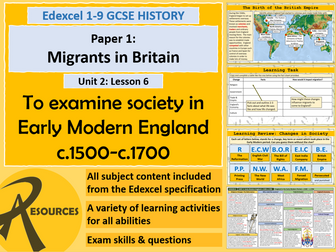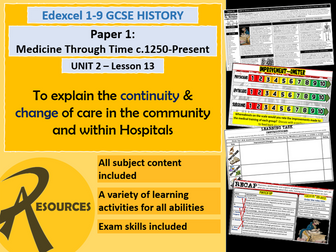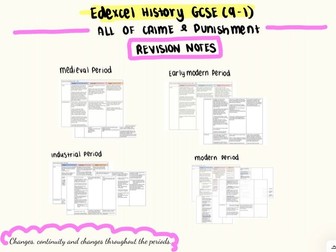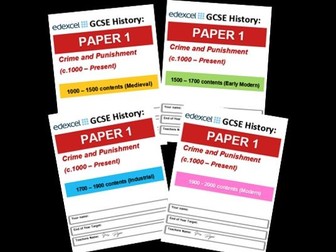Bundle
Crime & Punishment 1500-1700 - GCSE History Edexcel - UNIT 2 BUNDLE
<p>This bundle contains all the lessons and teaching resources you will need to teach Unit 2 of Crime and Punishment</p>
<p>Lesson 9: Early Modern Crimes - Heresy and Treason<br />
Lesson 10: Early Modern Crimes - Smuggling, witchcraft, vagabondage<br />
Lesson 11: Early Modern Methods of Law Enforcement<br />
Lesson 12: Early Modern Punishments<br />
Lesson 13: Case Study - The Gunpowder Plot<br />
Lesson 14: Case Study - Matthew Hopkins</p>
<p>2023 UPDATE INFO: To take into account copyright, all photographic and illustrative images have been attributed where appropriate and/or are all in the public domain. Clipart/vector images are all creativecommons.publicdomain.zero.1.0 which do not have to be attributed. If you have any issues regarding copyright please email me in the first instance.</p>
